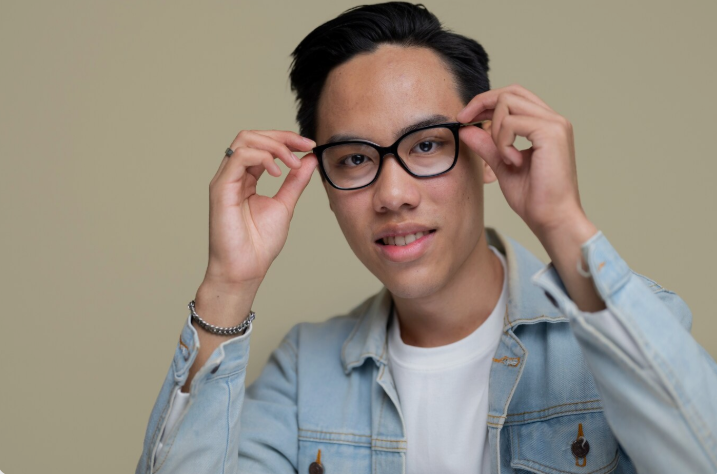Labiaplasty is often portrayed as a purely cosmetic procedure designed to enhance the appearance of the labia. While aesthetics are one component, what many people don’t realize is that labiaplasty is frequently performed for legitimate medical reasons that impact a woman’s comfort, hygiene, and quality of life.
If you’re considering labiaplasty and wondering whether your reasons are “valid,” this guide will help you understand the functional and medical motivations behind this increasingly common surgery.
💡 What Is Labiaplasty? A Quick Overview
Labiaplasty is a surgical procedure aimed at reducing or reshaping the labia minora (the inner vaginal lips) and sometimes the labia majora (outer lips). While it can be done for purely cosmetic reasons, many patients undergo it to resolve real physical discomfort and health issues.
⚕️ Top Medical Reasons Women Choose Labiaplasty
1. Chronic Irritation and Chafing
Enlarged or elongated labia minora can rub against underwear, tight clothing, or during exercise—especially biking, running, or horseback riding. This constant friction may lead to:
- Redness and inflammation
- Raw, irritated skin
- Recurrent rashes or infections
Labiaplasty removes excess tissue to eliminate irritation and reduce skin trauma.
2. Pain During Intercourse (Dyspareunia)
Excess labial tissue can get pulled, pinched, or twisted during sexual activity, causing:
- Burning or stinging sensations
- Difficulty achieving or maintaining arousal due to discomfort
- Embarrassment and avoidance of intimacy
After labiaplasty, many women report significantly improved sexual comfort and confidence.
3. Hygiene and Recurrent Infections
Larger labia may trap moisture, sweat, and bacteria—especially during menstruation or hot weather. This can lead to:
- Chronic yeast infections or bacterial vaginosis (BV)
- Difficulty cleaning the vulvar area thoroughly
- Persistent unpleasant odors
By removing excess folds of tissue, labiaplasty makes hygiene easier and can reduce infection risk.
4. Urinary Issues
Excessive or asymmetrical labial tissue may:
- Interfere with urine stream control
- Cause splashing or dribbling
- Increase post-void irritation
Women experiencing urinary challenges due to labial anatomy may find relief after corrective surgery.
5. Labial Asymmetry
It’s common for one labia minora to be longer than the other. But in more severe cases, noticeable asymmetry can lead to:
- Embarrassment in intimate situations
- Discomfort in swimsuits or leggings
- Friction and functional problems on one side
Labiaplasty can restore balance and reduce physical and psychological discomfort.
6. Congenital Conditions or Post-Childbirth Changes
Some women are born with labial hypertrophy, while others develop it after hormonal changes or vaginal childbirth. In these cases, labiaplasty can correct:
- Stretched or torn labial tissue
- Traumatic injuries from childbirth
- Structural irregularities present since puberty
This isn’t about vanity—it’s about restoring normal function and comfort.
🔍 Signs You May Have a Medical Indication for Labiaplasty
If you experience any of the following, your reasons for seeking labiaplasty may be medically based:
- Pain or pulling during exercise or intercourse
- Discomfort wearing tight clothing or swimwear
- Frequent vaginal infections or irritation
- Difficulty urinating in a clean stream
- Low self-esteem due to visible labial asymmetry
- Labia becoming increasingly elongated with age or after childbirth
🏥 Is It Covered by Insurance?
While labiaplasty is usually classified as elective cosmetic surgery, some insurance providers will consider coverage if:
- The procedure is deemed medically necessary
- Documented symptoms (pain, hygiene issues, infections) are present
- Conservative treatments (like ointments, antibiotics, or lifestyle changes) have failed
Check with your provider and ask your surgeon to submit pre-authorization paperwork that includes detailed documentation of symptoms and previous treatments.
🧠 Psychological Impact Matters Too
Beyond physical discomfort, enlarged labia can take a psychological toll:
- Low self-esteem and embarrassment in relationships
- Avoidance of intimacy or social situations like swimming
- Anxiety around physical exams or sexual activity
For many women, labiaplasty isn’t about “vanity”—it’s about reclaiming their comfort, confidence, and sense of self.
💬 What to Discuss with Your Surgeon
If you’re considering labiaplasty for medical reasons, bring up:
- Specific symptoms and how long they’ve been affecting you
- Impact on daily life (e.g., workouts, hygiene, relationships)
- Past treatments you’ve tried
- Any documentation for insurance submission
A compassionate, board-certified plastic surgeon or gynecologic surgeon will take your concerns seriously and work with you to develop a personalized treatment plan.
✅ Key Takeaways: It’s More Than Cosmetic
| Medical Reason | Impact | How Labiaplasty Helps |
|---|---|---|
| Irritation/chafing | Discomfort during movement | Removes excess tissue |
| Painful sex | Avoidance, distress | Improves comfort during intimacy |
| Hygiene issues | Infections, odors | Easier cleaning |
| Urinary spray issues | Irritation, hygiene challenges | Improves urine flow |
| Labial asymmetry | Embarrassment, friction | Creates symmetry |
| Childbirth trauma | Torn/stretched tissue | Restores anatomy |
📝 Final Thoughts
Labiaplasty is far more than a cosmetic trend. For many women, it’s a life-changing procedure that addresses real medical issues affecting their physical, emotional, and sexual health. If you’re dealing with persistent discomfort, pain, or hygiene challenges caused by labial anatomy, you’re not alone—and there are safe, effective solutions.
The key is to work with a trusted, experienced surgeon who understands the functional and emotional reasons behind your decision. With proper care and candid discussion, labiaplasty can restore not just your anatomy—but your confidence and comfort.




